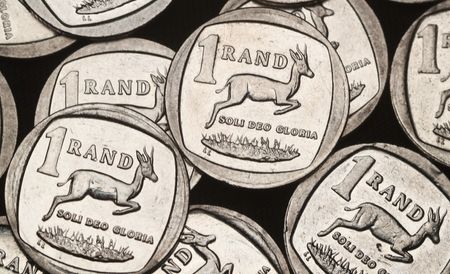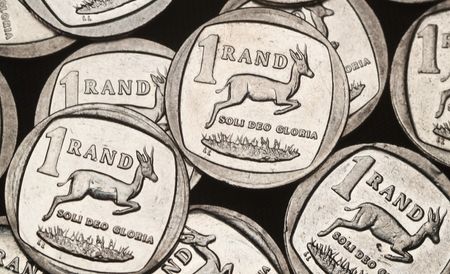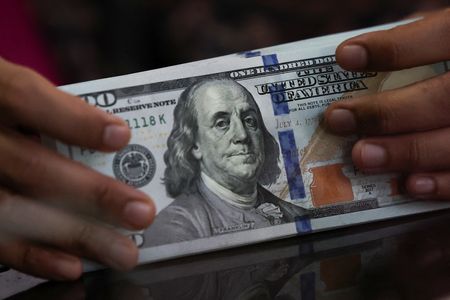JOHANNESBURG (Reuters) -The South African rand was weaker on Wednesday after data showed local inflation fell to a five-year low in March.
At 1416 GMT, the rand traded at 18.6375 against the dollar, about 0.2% weaker than Tuesday’s close.
Trade in the rand has been highly volatile for weeks as financial markets have grappled with rifts in the ruling coalition over the national budget and uncertainty over U.S. President Donald Trump’s tariff plans.
South Africa’s annual inflation rate fell for the first time in five months in March to its lowest level since June 2020.
Headline consumer inflation eased to 2.7% year-on-year from 3.2% in February, below the 2.9% expected by economists polled by Reuters, and outside the South African Reserve Bank’s (SARB) 3% to 6% target range.
Despite domestic inflation being well under control, the SARB left its main lending rate unchanged last month after three consecutive rate cuts, citing risks from Trump’s trade war and the budget fallout.
It stuck to that cautious tone in a biannual review of its monetary policy last week, saying its confidence about the medium-term outlook for inflation had reduced significantly and the scope for policy easing had narrowed.
On the Johannesburg Stock Exchange, the blue-chip Top-40 index last traded about 0.3% weaker.
South Africa’s benchmark 2030 government bond rose, as the yield fell 13.5 basis points to 9.03%.
(Reporting by Sfundo Parakozov and Tannur Anders; Editing by Alexander Winning, Muralikumar Anantharaman and Toby Chopra)










